US coins – brief history from Independence till now
Disputed Lands
The territory northwest of the islands explored by Columbus was so vast that at first there was enough room for French, Spanish, and English colonists. After all, they had a common enemy – the owners of these lands, the Indians. The disunity of the Indian tribes, the low level of social organization and the epidemic diseases brought (sometimes deliberately) by the newcomers did not allow the Indians to put up serious resistance to the Europeans. Their lands were seized.
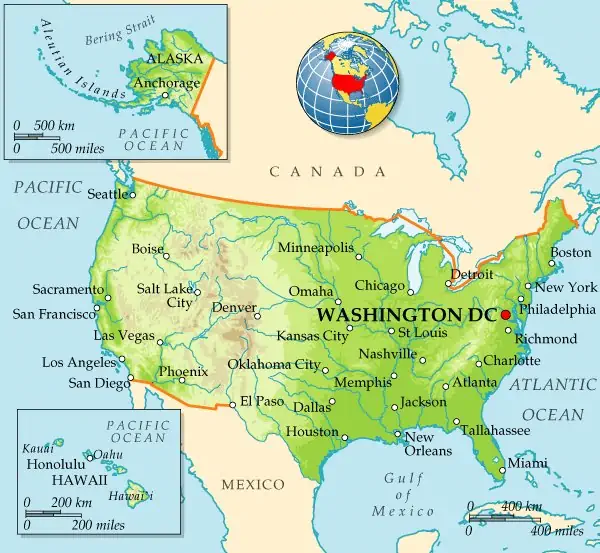
By the middle of the 18th century, the most populous and developed were the 13 British colonies located along the Atlantic coast. Meanwhile, over two centuries of exploration of America, the connection between the colonists and the mother country naturally began to weaken. This was also reflected in the monetary circulation. There was a chronic shortage of coins from the metropolis, and trade with neighbors led to the greater popularity of the Spanish real (colloquially, the dollar) than the British pound.
On the way to independence
While the colonists were getting on their feet, the English were beginning to wonder why the colonies weren’t paying back their investments and weren’t giving the income they were counting on. So in 1764, colonial certificates (local money in the form of colonial obligations) were banned, and in 1765, the English government decided to milk the colonies for a little extra cash in the form of stamp duties.
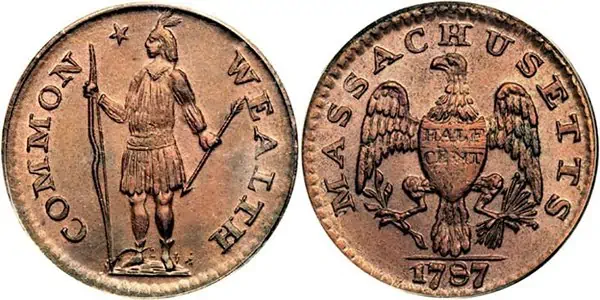
The ban and new taxes affected all Americans and caused active opposition. Over time, the conflict escalated into the War of Independence of 1775-1783. Already in 1776, the colonies began to issue their own money, and in 1785, the Continental Congress of the United States decided that the country’s currency was the dollar. The first one-cent coin officially minted by the U.S. government after the Declaration of Independence was the so-called Fugio cent, made of copper. The coin depicts the sun illuminating a sundial with the inscription “Fugio” (from the Latin “I run/flee”).
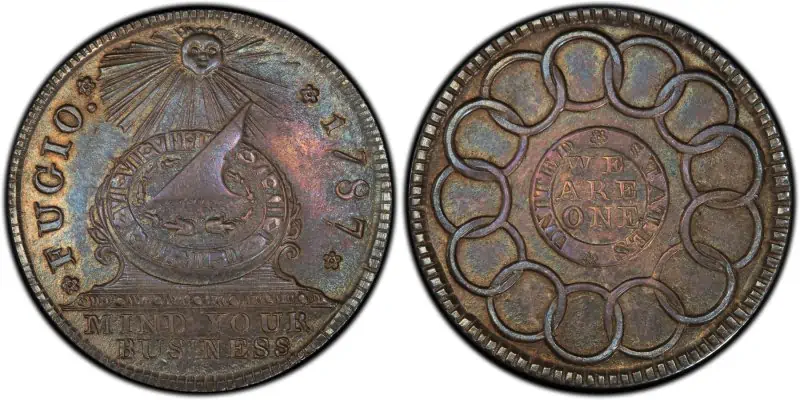
The coin was designed by Benjamin Franklin. The same design was used on the “Continental Dollar”, which was issued as a coin without a denomination. On its back was the motto “We are one” surrounded by a chain of thirteen links. However, the independent dollar quickly lost its value. The collapse of the continental currency led to the Coinage Act of 1792, which transferred the minting of coins to the federal government.
Adventures of Freedom
The 1792 act set the value of the US dollar at 100 cents. The following coins came into circulation, and over the following decades they acquired popular nicknames: penny (1 cent), nickel (5 cents), dime (10 cents), quarter (25 cents), and buck (1 dollar).
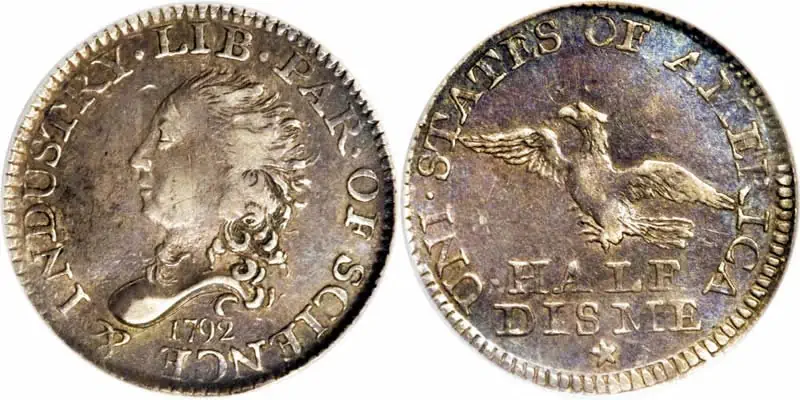
In addition to these common and popular coins, at various times half-cent coins, 2 and 3 cents, half dollars (50 cents), quarter eagles (2.50 dollars), half eagles (5 dollars), eagles (10 dollars), and double eagles (20 dollars) were issued. The first coin minted under law, and therefore the first official coin of the United States, was the half dime (then still made of silver). In 1792, 1,500 gift pieces were minted. About 250 of these have survived to this day. But they are few in good quality, and such coins are highly valued. The half cent and cent were made of pure copper, the half dime, dime, quarter, half dollar, and dollar of 90% silver, and the quarter, half, and full eagle of .9167 gold (later changed to .8992 in 1834, and then to 90% gold in 1837). All coins depict Liberty on the obverse and a bald eagle on the reverse.
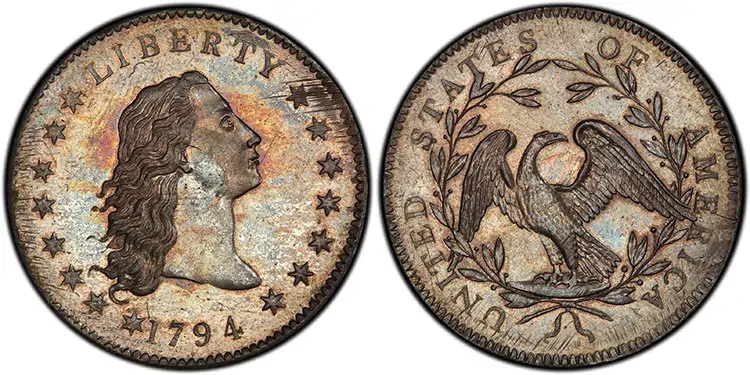
The first silver dollar issued in the United States was also considered a “souvenir”. The coin was decorated with a female profile of Liberty with flowing hair, stylized as Greek goddesses. About 130 of the 1758 have survived to this day. These coins now break world records for value. The best of them in terms of preservation is worth more than 10 million dollars. While the half dime and dollar were intended for presentations and gifts, the first coin actually minted for circulation was the 1 cent of 1793. It featured the head of the Liberty Woman with flowing hair and a chain on the reverse, like the Fugio cent. However, the coin was not liked. Evil tongues claimed that the chain symbolized not unity, but slavery, and freedom was too frivolous in its hairstyle and frightened in its facial expression. That same year, the chain was replaced with a wreath, and soon freedom was replaced with a more decent one, with a bow.
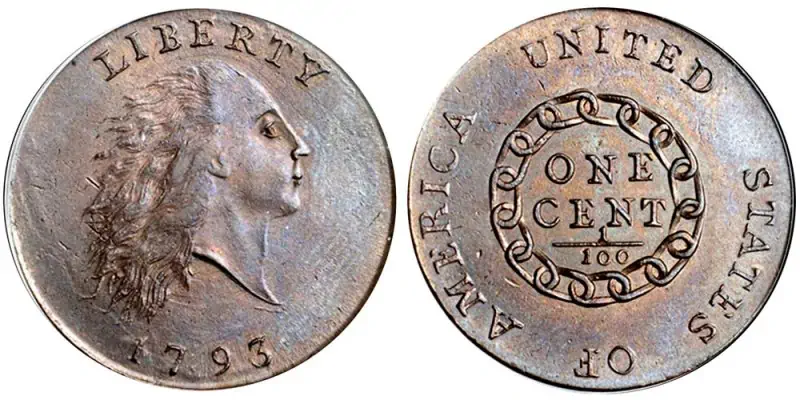
The 1804 dollar became a very rare and expensive coin. The fact is that since 1804 the minting of silver dollars was suspended for more than 30 years. However, the dollars issued in 1804 were minted with dies with the date “1803”, therefore, dollars with the date “1804” did not exist initially. In 1834, a decision was made to issue several gift sets of coins for the rulers of Asian states. It was to include the “last dollar” of 1804. As a result, dies were created for the dollar dated 1804. Eight dollars of 1804 were issued in “Proof” quality. Another batch of such coins were illegally minted between 1858 and 1860. The illegal coins were subject to destruction, but seven coins have survived to this day. The value of each of these 15 coins can reach 4 million dollars.
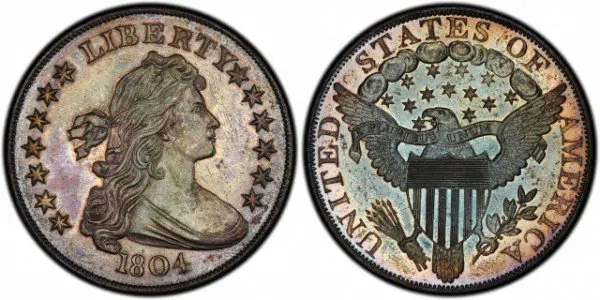
The minting period before 1837 was unstable and included several coin designs, variations on the Liberty Woman. Most of these early coins were produced by coin dies that were made by hand. These dies were used until they broke or wore out. Thus, many different types, varieties, and errors can be found that are not found in other U.S. coin series. An example is the half-cent coin. Liberty was most often depicted with her hair down and a Phrygian cap on a stick behind her. But there were also coins with a draped bust, and from 1840 Liberty’s hair began to be braided.
Time for experiments
In 1851, the US Mint issued the smallest coin in its natural form. The silver three cents, also known as “fish scales”, were only 14 mm in diameter. The first issues were made of 75% silver. In 1865, a different design and composition was introduced, the coins were made of 75% copper and 25% nickel. They had a diameter of 17.9 mm.
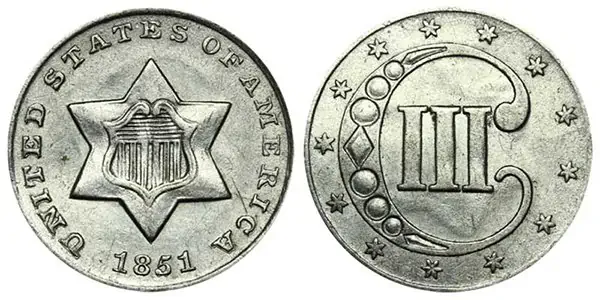
The California Gold Rush of the mid-1800s produced enough gold to finally saturate the market with its own gold coins and put an end to the use of Spanish money. At the same time, the price of copper rose, exceeding the face value of the coins minted from it. A new Coinage Act passed in 1857 prohibited foreign coins as legal tender and discontinued the minting of half-cent pieces. The one-cent piece was reduced in diameter and weight and was alloyed with nickel.
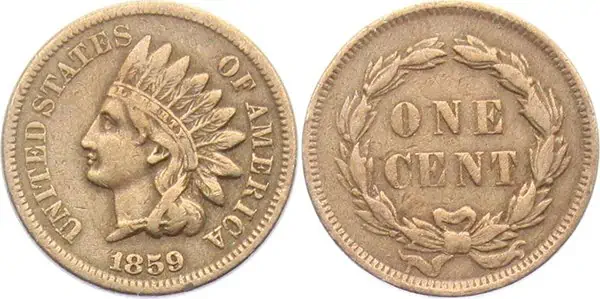
The first small cents were minted with a flying eagle, but since 1859 they have featured an Indian head with wreaths of various types. They also experimented with the composition of the alloy. Approximately the same situation developed with 5 cents. The rise in the price of silver forced this coin to be minted from an alloy of copper and nickel since 1866, after which it received the nickname “nickel” for its unusual shine. The copper 2 cent coin had a very short life. It was minted from 1864 to 1872. The 20 cent coin had an even shorter life, minted from 1875 to 1878. The coin was legalized by Congress under pressure from silver producers, but it was often confused with the quarter (25 cents), so minting had to be stopped.
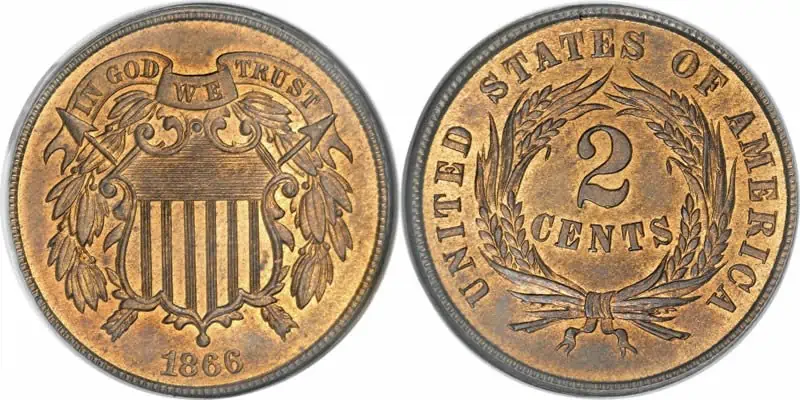
Fluctuations in silver prices led to the “coin crime,” as U.S. citizens called the 1873 legislative act that abolished bimetallism and established a gold coin standard.
The Era of Progressivism
By the beginning of the 20th century, the state, which had long adhered to a policy of non-intervention in the economy, was forced under pressure from the middle class to regulate and limit monopolies. Large-scale social and political reforms of the “era of progressivism” that the United States was experiencing also required an update of republican symbols. In 1907, the Saint-Gaudens $20 gold coin (named after its designer, an American sculptor) was issued, which is considered the most beautiful US coin, and some of its varieties have also become some of the most expensive coins in the world.
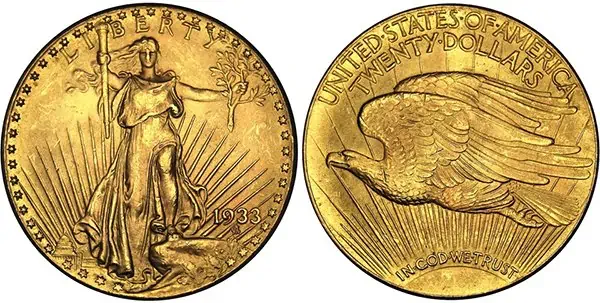
On the coin, Liberty holds a torch in her right hand, symbolizing enlightenment, and a symbol of peace, an olive branch, in her left. She descends from a cliff in the rays of the sun. The Capitol building is in the background. The reverse side depicts a flying eagle against the backdrop of the rising sun. In 1909, the one-cent piece featured a bust of President Lincoln, one of the presidents closest to the progressives in spirit. The coin was so popular that it became the subject of speculation. The penny was also the first American coin to feature a real person.
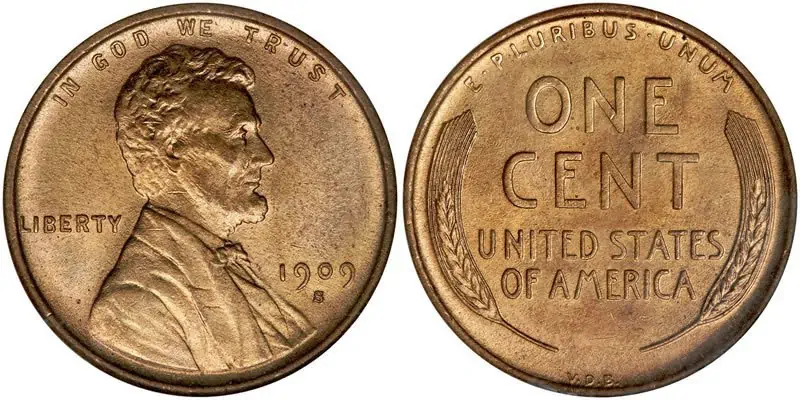
The US banking system at that time was decentralized and based on the system of national banks. But a series of banking panics created a serious demand for the creation of a centralized banking system. In 1913, the US Federal Reserve System was created, performing the functions of a central bank. As a result, the US monetary system became more predictable and stable.
World War I and the Monetary System
World War I added patriotic symbolism to the coins. On many coins, Liberty stands tall, holding a shield or oak/olive branches, and on the 50 cents, she is even wrapped in the national flag.
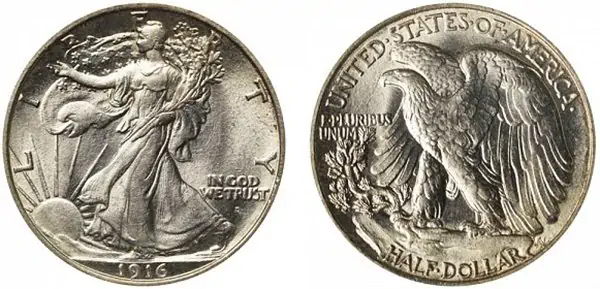
The Mercury dime can also be called patriotic, so called because on the head of liberty there was a Phrygian cap with wings, and a winged cap, as is known, is a sign of the Greco-Roman deity Mercury. On the reverse of this coin were depicted fasces, a battle axe and olive branches. As for the one-dollar coin, the famous Morgan dollar (named after its designer) was issued without interruption from 1878 to 1904 in such huge quantities that it was decided to stop minting. Its peculiarity was the excess of symbols on Liberty’s head. In addition to the Phrygian cap, there was a diadem with the inscription “LIBERTY” and a wreath made of a branch of cotton and ears of wheat. In 1921, the minting of the Morgan dollar was resumed, but almost immediately it began to be replaced by coins in a new design.
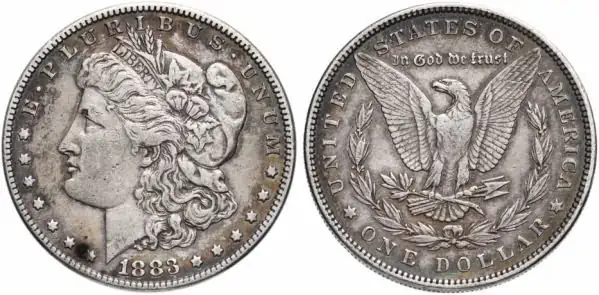
The new coin was originally planned as a commemorative coin to mark the end of World War I. Instead of a cap, tiara, and cotton, a ray-shaped crown was placed on her head. Designer Antonio de Francischi wanted to give the woman “intellectual speed, energy, and vitality,” but in the end, Liberty’s appearance in the crown turned out to be quite aggressive. The Peace Dollar was nicknamed for the inscription on the rock located on the reverse, under the bald eagle. However, on that side too, the image of the sun’s rays suspiciously resembles bayonets. Peace Dollars were minted until 1964, when the issue of silver coins ceased.
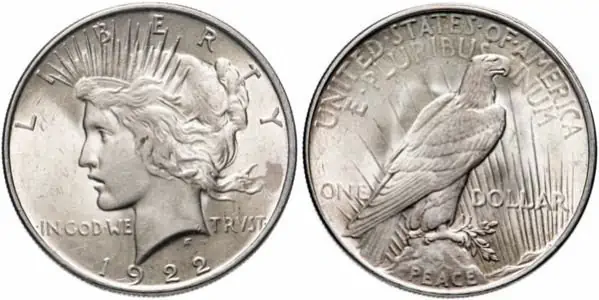
A curious coin is the Stone Mountain Memorial silver half dollar, minted in 1925. This commemorative coin was intended to raise funds for a monument to Confederate generals who lost the Civil War to the Union. The fundraising campaign and the release of these 50 cents were marred by many scandals, and the coin acquired historical value.
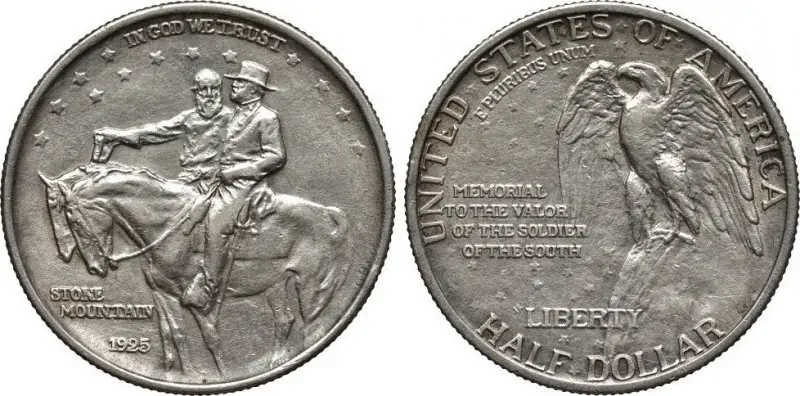
The Great Depression and the Birth of a Superpower
The Great Depression of the 1930s marked a new stage in the development of the US monetary system. It forced the government to abandon the gold standard and stop issuing gold coins. The coins minted in 1933 were melted down. Wanting to raise the patriotic spirit of the population, the government issued 25 cents with the image of Washington in 1932. In 1938, it was Jefferson’s turn on 5 cent coins. The Second World War, which turned America into a powerful superpower, finally brought to naught the former significance of American coins as a symbol of independence. Now they had to become a symbol of power, an example to follow. American history becomes a value in itself that must be promoted.
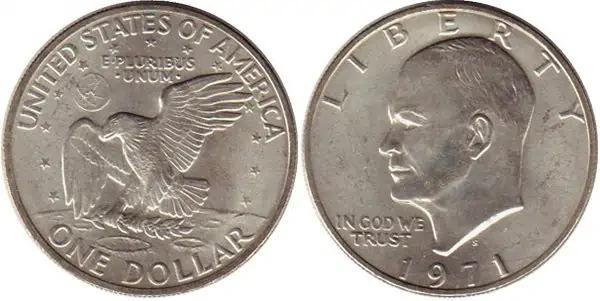
In 1946, a dime with Roosevelt’s image appeared, in 1948, a 50-cent piece with Franklin’s image (and then John Kennedy’s, after his assassination), and in 1971, the “Moon Dollar” with Eisenhower was minted, which also glorified the moon landing. Later, feminists, first ladies, images of states, innovations, national parks, etc. appeared on coins. As in other countries, coins increasingly acquired the features of entertainment content, souvenirs. In terms of the number of commemorative and investment coins issued, the United States ranks among the first in the world.
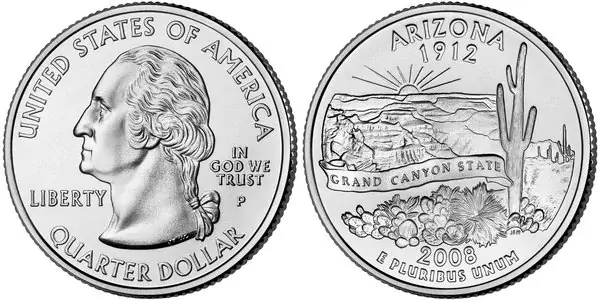
The high cost of rare US coins is due not so much to their uniqueness as to the purchasing power of patriotic American citizens. The variety of types of coins in the US is not that great. But they have a colossal number of variations, which makes these coins an interesting object for collecting.
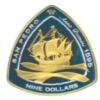




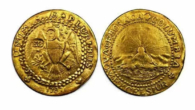
Leave a Reply